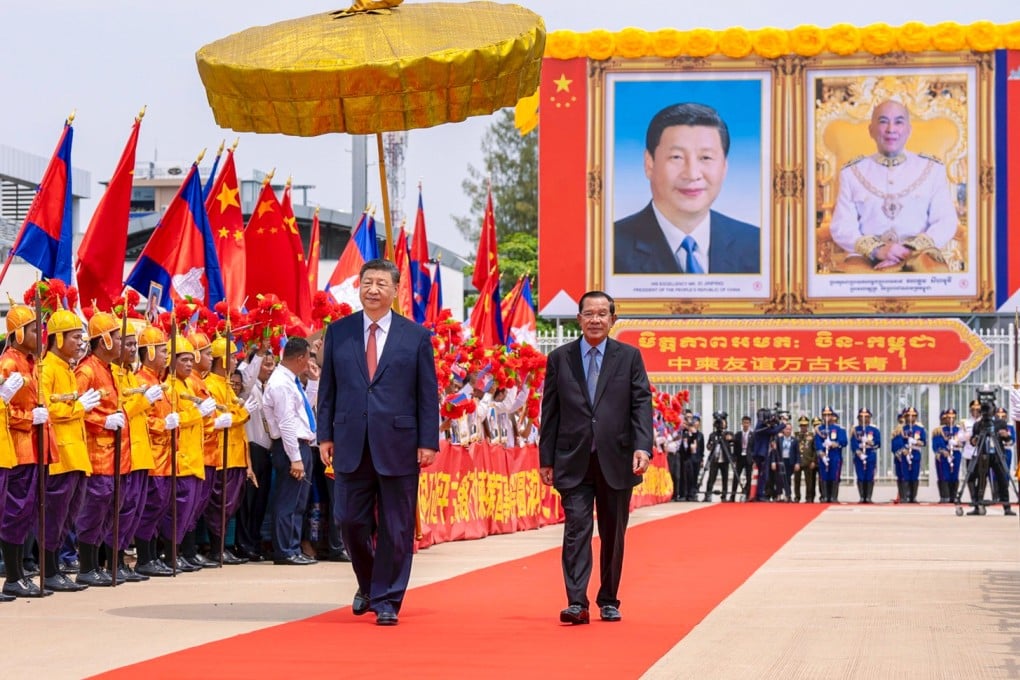Can China’s security doctrine build trust with Asian neighbours and keep US out?
Analysts caution that there are still challenges to overcome in Beijing’s efforts to project itself as a benign partner in the region

But analysts cautioned that Beijing’s efforts to project itself as a benign security partner remain challenging, amid escalating territorial disputes with its neighbours, notably in the South China Sea, and the escalating rivalry with Washington.
Analysts said that the new framework aligned with Xi’s “Asian Security Concept”, articulated at the 2014 Conference on Interaction and Confidence-Building Measures in Asia (CICA) in Shanghai.
“In the final analysis, it is for the people of Asia to run the affairs of Asia, solve the problems of Asia and uphold the security of Asia,” Xi declared then, in a subtle rebuke of then US president Barack Obama’s Asia-Pacific rebalancing strategy.